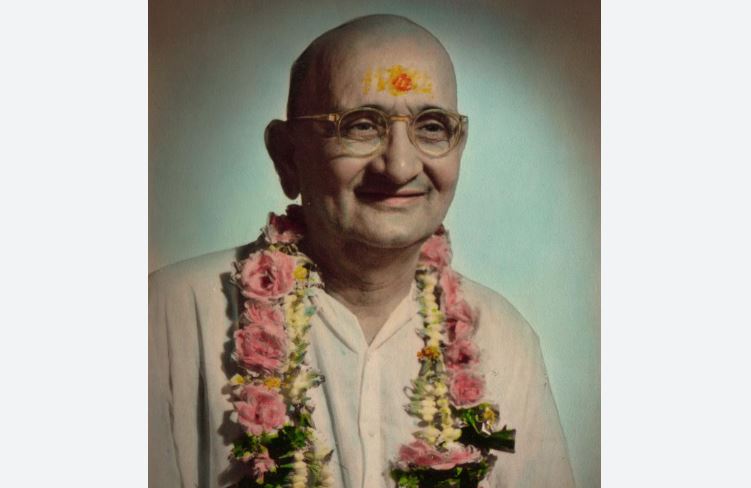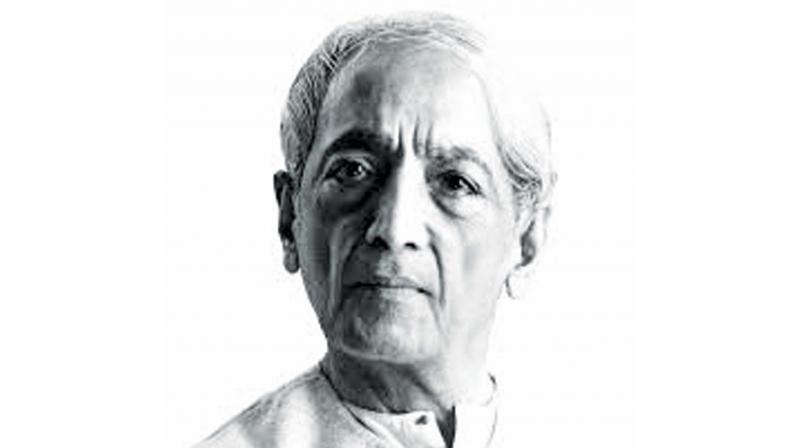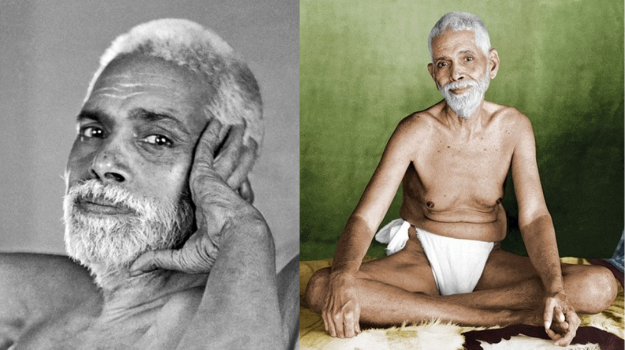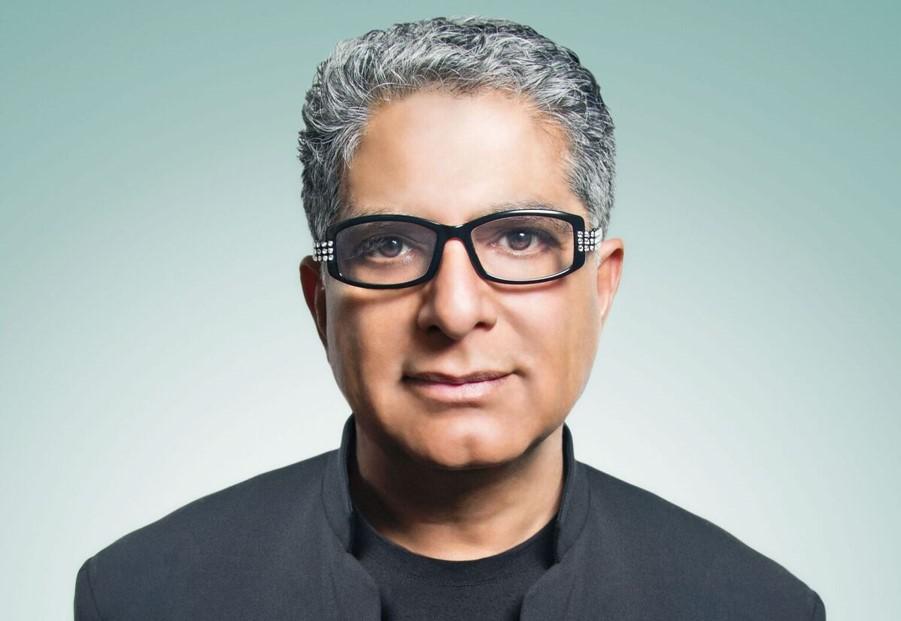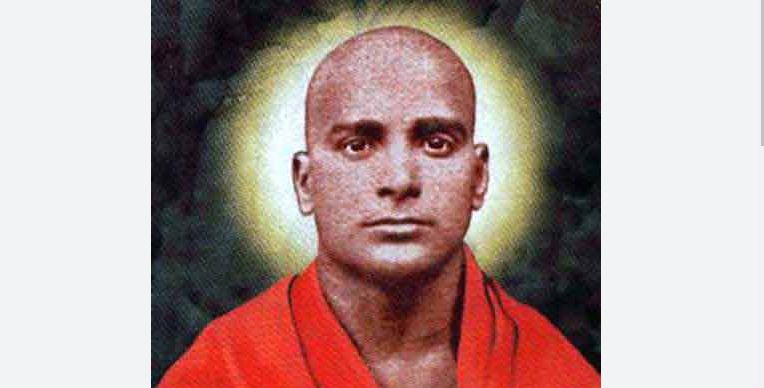
The science of Kriya Yoga became widely known in modern India through the instrumentality of Lahiri Mahasaya, my guru’s guru. The Sanskrit root of Kriya is kri, to do, to act and react; the same root is found in the word karma, the natural principle of cause and effect. Kriya Yoga is thus “union (yoga) with the Infinite through a certain action or rite.” A yogi who faithfully follows its technique is gradually freed from karma or the universal chain of causation.
Kriya Yoga is a simple, psychophysiological method by which the human blood is decarbonized and recharged with oxygen. The atoms of this extra oxygen are transmuted into life current to rejuvenate the brain and spinal centers. By stopping the accumulation of venous blood, the yogi is able to lessen or prevent the decay of tissues; the advanced yogi transmutes his cells into pure energy. Elijah, Jesus, Kabir and other prophets were past masters in the use of Kriya or a similar technique, by which they caused their bodies to dematerialize at will.
Kriya is an ancient science. Lahiri Mahasaya received it from his guru, Babaji, who rediscovered and clarified the technique after it had been lost in the Dark Ages.
“The Kriya Yoga which I am giving to the world through you in this nineteenth century,” Babaji told Lahiri Mahasaya, “is a revival of the same science which Krishna gave, millenniums ago, to Arjuna, and which was later known to Patanjali, and to Christ, St. John, St. Paul, and other disciples.”
Kriya Yoga is referred to by Krishna, India’s greatest prophet, in a stanza of the Bhagavad Gita: “Offering inhaling breath into the outgoing breath, and offering the outgoing breath into the inhaling breath, the yogi neutralizes both these breaths; he thus releases the life force from the heart and brings it under his control.”
The interpretation is: “The yogi arrests decay in the body by an addition of life force, and arrests the mutations of growth in the body by apan (eliminating current). Thus neutralizing decay and growth, by quieting the heart, the yogi learns life control.”
Krishna also relates that it was he, in a former incarnation, who communicated the indestructible yoga to an ancient illuminato, Vivasvat, who gave it to Manu, the great legislator.
He, in turn, instructed Ikshwaku, the father of India’s solar warrior dynasty. Passing thus from one to another, the royal yoga was guarded by the rishis until the coming of the materialistic ages. Then, due to priestly secrecy and man’s indifference, the sacred knowledge gradually became inaccessible.
Kriya Yoga is mentioned twice by the ancient sage Patanjali, foremost exponent of yoga, who wrote: “Kriya Yoga consists of body discipline, mental control, and meditating on Aum.” Patanjali speaks of God as the actual Cosmic Sound of Aum heard in meditation. Aum is the Creative Word, the sound of the Vibratory Motor.
Even the yoga-beginner soon inwardly hears the wondrous sound of Aum. Receiving this blissful spiritual encouragement, the devotee becomes assured that he is in actual touch with divine realms.
Patanjali refers a second time to the life-control or Kriya technique thus: “Liberation can be accomplished by that pranayama which is attained by disjoining the course of inspiration and expiration.”
St. Paul knew Kriya Yoga, or a technique very similar to it, by which he could switch life currents to and from the senses. He was therefore able to say: “Verily, I protest by our rejoicing which I have in Christ, I die daily.”
By daily withdrawing his bodily life force, he united it by yoga union with the rejoicing (eternal bliss) of the Christ consciousness. In that felicitous state, he was consciously aware of being dead to the delusive sensory world of maya.
Excerpted from Chapter 26 of Autobiography of a Yogi. The 120th birth anniversary of Paramhansa Yogananda falls on January 5
Paramhansa Yogananda

